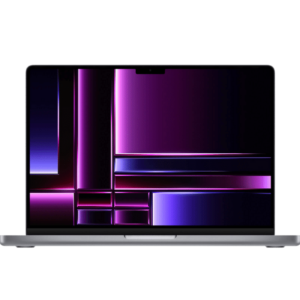One of the other reasons candidates find decision cases more challenging is because they are not thinking about them as decision cases. If you get asked about a decision to invest in a company, most candidates will quickly jump and start applying bookkeeping and payroll services their “M&A framework”. That’s fine to say, but do you really need an M&A framework as your first step?
Intuitive Decision Making Model
A manager who aces the crisis simulator gains the confidence to lead under pressure, while a parent using the decision matrix template masters prioritization for household choices. By blending quizzes, templates, and real-world stories, readers don’t just understand models—they internalize them. A decision-making framework is critical for the success of any business, especially startups. The consensus decision-making model is a collaborative approach where all ledger account members of a group contribute to and agree on a decision. Unlike majority rule, consensus seeks to find solutions that everyone can support, or at least live with.
Design Thinking
He emphasizes that leaders should “measure what you treasure,” which means making decisions with a clear understanding of long-term goals and their impact on both people and profits. Applying decision-making best practices to impactful, strategically relevant questions and problems is easier when your company has the right technology for the job. The right technology can make all the difference for creating timely decisions. A strategy management platform such as Quantive StrategyAI is our best bet when you need to deepen your explorations.
Complicated Contexts
- This framework is particularly beneficial in product development, innovation, and any scenario where user-centric solutions are sought.
- After assessing the risks and alternatives, the next step is to evaluate the criteria and make a final decision.
- Decision-making models are structured frameworks that empower individuals and organizations to analyze choices systematically, reduce uncertainty, and balance logic, intuition, and ethics.
- In today’s fast-paced and complex business environment, making well-informed decisions is essential for success.
- One of the other reasons candidates find decision cases more challenging is because they are not thinking about them as decision cases.
- These models often include a series of steps or criteria that guide the decision-making process, ensuring that all relevant factors are considered.
Unlike the rational framework, intuitive decision-making relies on gut instincts and past experiences. It involves making decisions based on intuition and can be particularly useful in situations where time is limited or information is scarce. A decision-making framework is all about cause and effect analysis and pinning down on the best possible outcome, given the situation. There are various ways to arrive at a decision, and these ‘ways’ are the decision-making frameworks.
Why is critical thinking so important in strategic decision making?
However, not all frameworks are created equal, and some may be better suited for certain types of decisions than others. In this section, I will explore some strategies for using decision-making frameworks in complex contexts and adapting them to dynamic environments. In conclusion, collaborative decision-making is an effective way to make decisions that benefit the organization as a whole.












